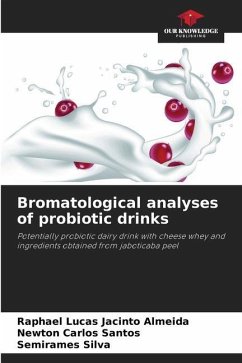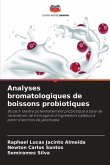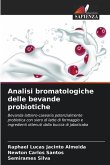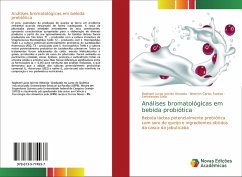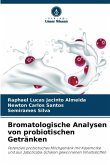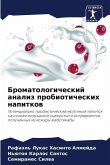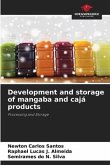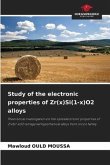Whey, a co-product of cheese production, becomes an environmental problem when disposed of inappropriately. Jabuticaba peel has antioxidant activity among its constituents, and has suitable characteristics for the production of various products based on its utilisation. The milk drinks were produced in three batches: T1 - produced with the starter culture of Streptococcus thermophilus TA40; T2 - produced with S. thermophilus TA40 and the potentially probiotic commercial culture of Lactobacillus rhamnosus LR32; T3 - produced with S. thermophilus TA40 and the potentially probiotic native culture of Lactobacillus plantarum. All the treatments included syrup, hydroalcoholic extract and jelly produced from jaboticaba peel. The parameters moisture, ash, lipids, protein and total carbohydrates in the wet and dry samples were assessed. There were no significant differences between the formulations (p > 0.05) for any of the analyses carried out, which shows that the addition of the potentially probiotic commercial (L. rhamnosus LR32) and native (L. plantarum) cultures did not interfere with the composition and nutritional parameters.
Bitte wählen Sie Ihr Anliegen aus.
Rechnungen
Retourenschein anfordern
Bestellstatus
Storno

